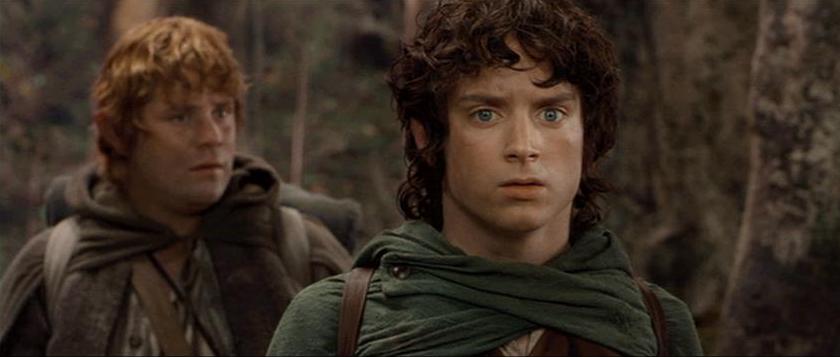| Academy Award Nominations and Winners: |
| Best Picture |
| Best Director: Peter Jackson |
| Best Supporting Actor: Ian McKellen |
| Best Adapted Screenplay: Frances Walsh, Philippa Boyens, and Peter Jackson |
| ★ | Best Cinematography: Andrew Lesnie |
| Best Art Direction: Grant Major; Dan Hennah |
| Best Costume Design: Ngila Dickson & Richard Taylor |
| Best Film Editing: John Gilbert |
| ★ | Best Original Score: Howard Shore |
| Best Original Song: "May It Be" |
| Best Sound: Christopher Boyes, Michael Semanick, Gethin Creagh, and Hammond Peek |
| ★ | Best Visual Effects: Jim Rygiel, Randall William Cook, Richard Taylor, and Mark Stetson |
| ★ | Best Makeup: Peter Owen & Richard Taylor |
|
| Golden Globe Nominations and Winners: |
| Best Picture (Drama) |
| Best Director: Peter Jackson |
| Best Original Score: Howard Shore |
| Best Original Song: "May It Be" |
|
| Other Awards: |
| Screen Actors Guild Awards: Best Supporting Actor (McKellen) |
| Los Angeles Film Critics Association: Best Original Score |
| National Board of Review: Best Supporting Actress (Blanchett; also cited for The Man Who Cried and The Shipping News); Best Art Direction; Special Achievement Award (Jackson) |
| British Academy Awards (BAFTAs): Best Picture; Best Director; Best Visual Effects; Best Makeup |
| AFI Awards: Best Picture; Best Production Design; Best Digital Effects |
| Satellite Awards: Best Picture (Animated/Mixed Media); Best Film Editing; Best Sound; Best Visual Effects |

